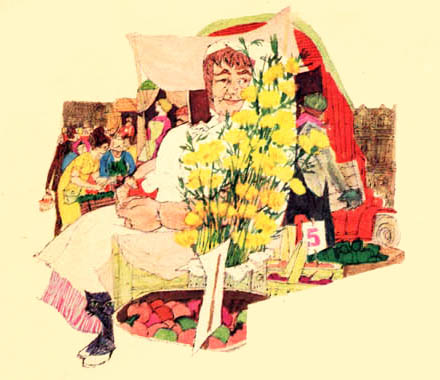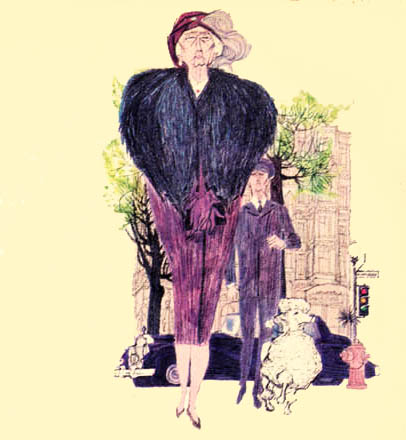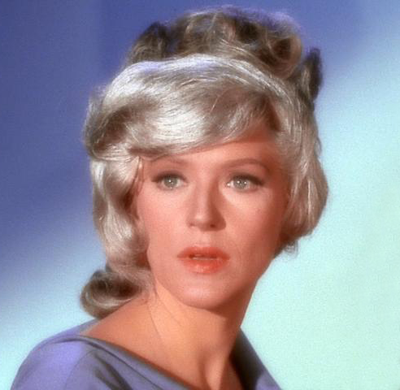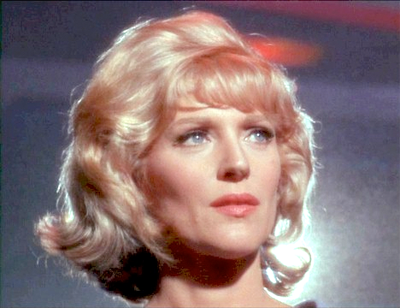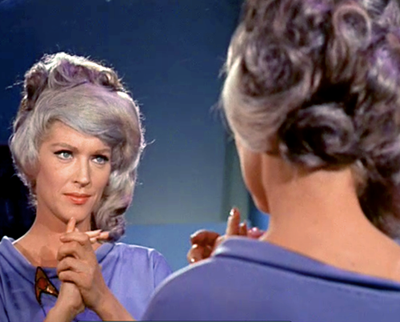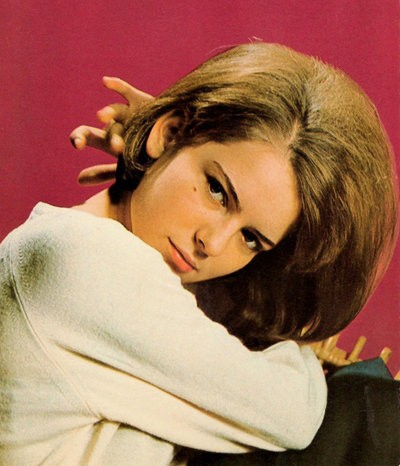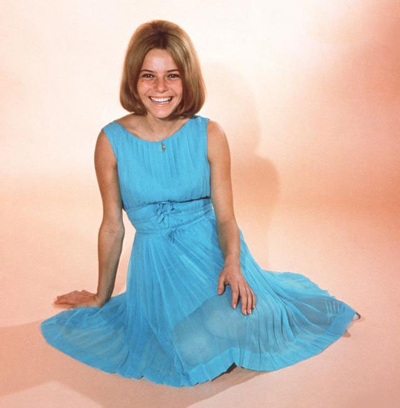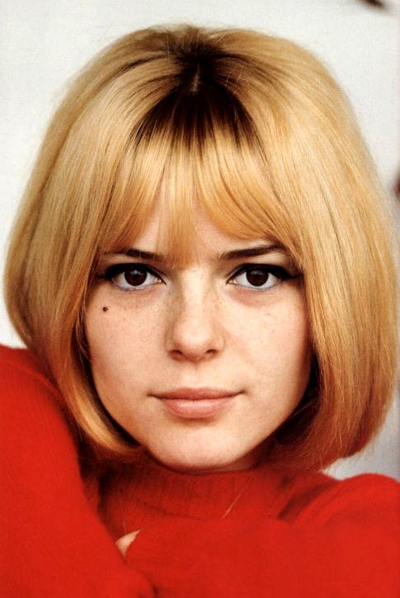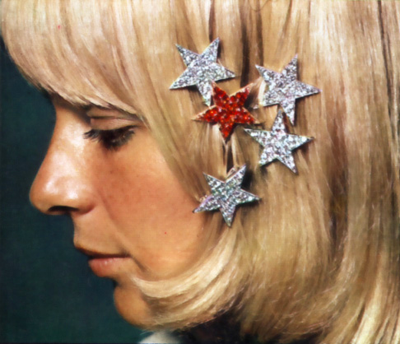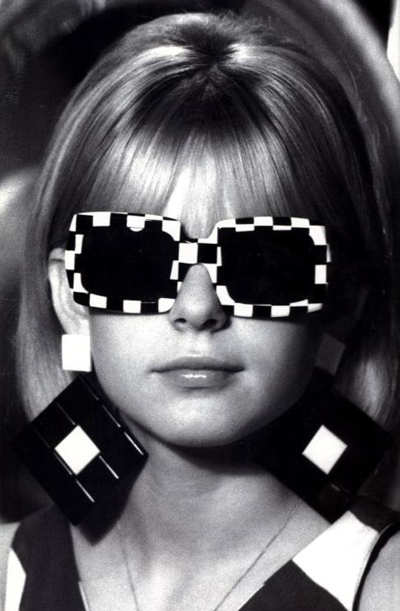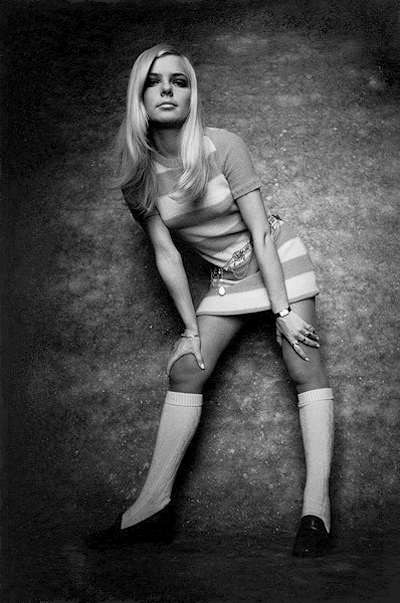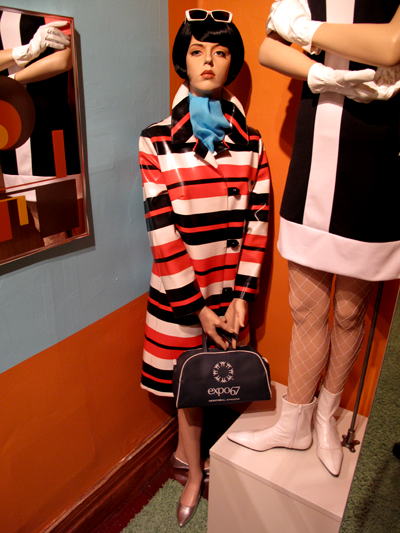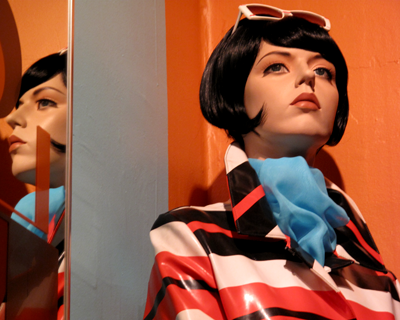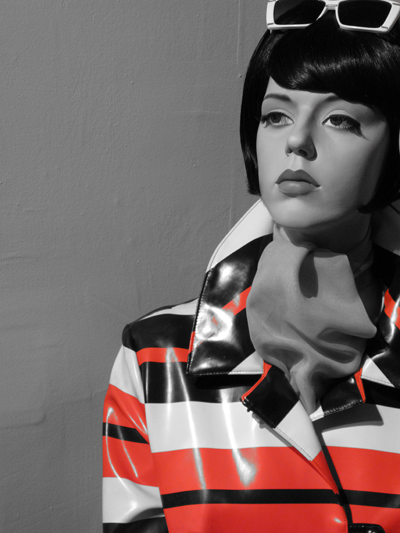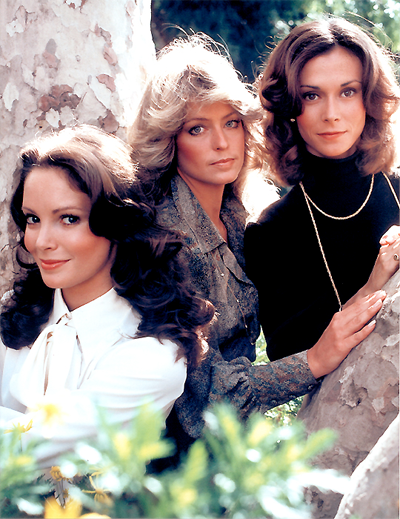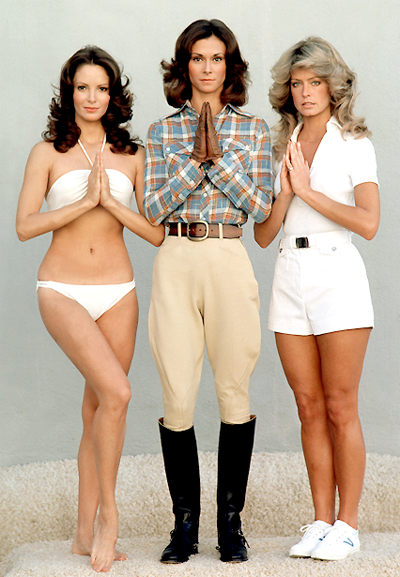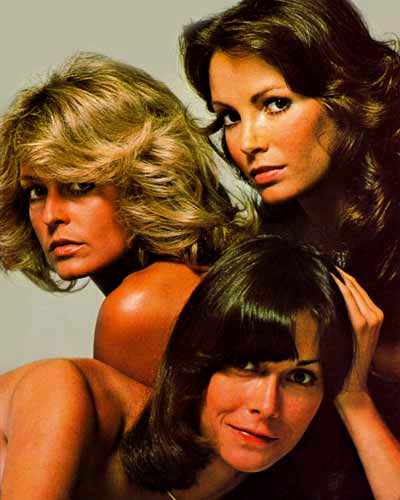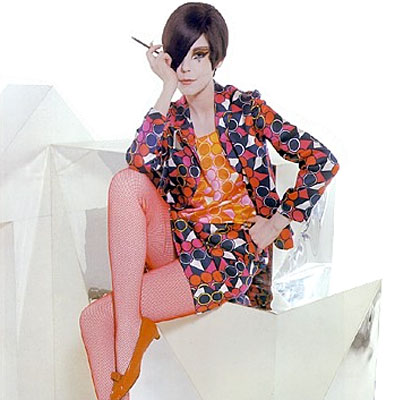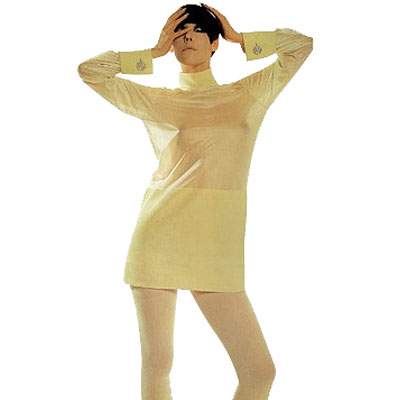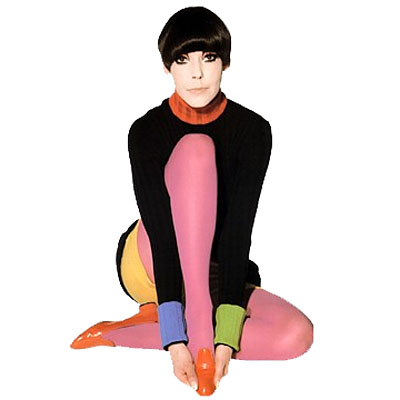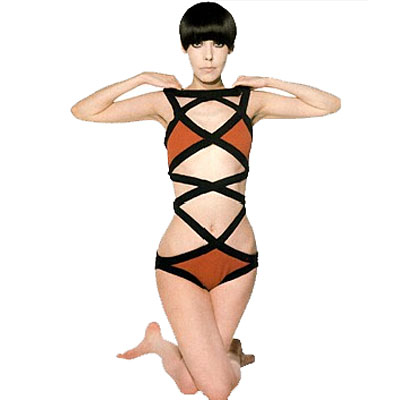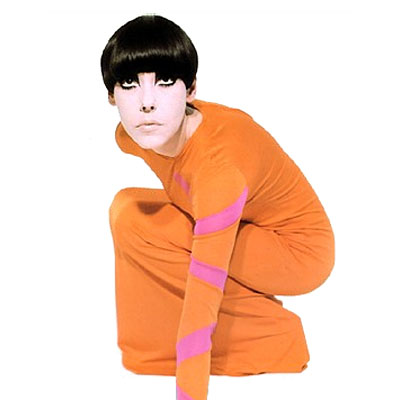"Easter parade is every day along St. Catherine street, with its steady stream of mad hats and multi-hued hair to bewitch — or bewilder — male eyes."
A November, 1961 article appearing in Weekend Magazine; the first in a series that featured artists' impressions of Canadian women... Enjoy:
Montreal Women Are Wonderful
Paintings by Bruce Johnson
"You can see girls any place but in Montreal you see women." That was artist Bruce Johnson's reaction when he first arrived. Two years in the city have not dampened his enthusiasm. His face still lights up at the very Mention of the subject.
He should know. He is a keen practicioner of that old male custom of standing on the corner — purely in the interests of art — and watching all the girls go by. These paintings are the result of many long, happy hours doing just that.
"The first thing I noticed", he says, "was the individuality of the Montreal woman." It is not just her clothes, he decided, although her appearance leaves no doubt about her fashion consciousness. She follows fashion but is not ruled by it. Her costume may be years old but it fits beautifully as well as flattering her figure.
It is the French influence that is mainly responsible for setting the Montreal woman apart. Johnson agrees, "but the effects seem to rub off on many English-speaking women as well."
There is something different about the way a Montreal woman looks at a man: "She is not coquettish — just more aware." And it is much more rewarding to smile at her, because more often than not you get a smile in return, instead of a cold stare. "Much more enticing," he says.
Being a young man, Johnson devotes most of his attention to the younger woman. But older examples of Montreal womanhood do not escape his eye. His view of them appears here as well — in the first of a WEEKEND series of artists' impressions of Canadian women.
Paintings by Bruce Johnson
"You can see girls any place but in Montreal you see women." That was artist Bruce Johnson's reaction when he first arrived. Two years in the city have not dampened his enthusiasm. His face still lights up at the very Mention of the subject.
He should know. He is a keen practicioner of that old male custom of standing on the corner — purely in the interests of art — and watching all the girls go by. These paintings are the result of many long, happy hours doing just that.
"The first thing I noticed", he says, "was the individuality of the Montreal woman." It is not just her clothes, he decided, although her appearance leaves no doubt about her fashion consciousness. She follows fashion but is not ruled by it. Her costume may be years old but it fits beautifully as well as flattering her figure.
It is the French influence that is mainly responsible for setting the Montreal woman apart. Johnson agrees, "but the effects seem to rub off on many English-speaking women as well."
There is something different about the way a Montreal woman looks at a man: "She is not coquettish — just more aware." And it is much more rewarding to smile at her, because more often than not you get a smile in return, instead of a cold stare. "Much more enticing," he says.
Being a young man, Johnson devotes most of his attention to the younger woman. But older examples of Montreal womanhood do not escape his eye. His view of them appears here as well — in the first of a WEEKEND series of artists' impressions of Canadian women.
"Leisurely lunch is irresistible when your waitress in a tiny French café treats you as though you were her only customer."
"Fresh faces almost hidden by hoods, nuns take a quiet stroll in the shadow of Mount Royal."
"The real warmth of the French-Canadian woman — her understanding and compassion — shows in the plum rosy faces you see in old Bonsecours Market."
"Sweeping majectically across Sherbrooke street, her chauffeur-led poodle in her wake, is one of the formidable figures who form the backbone of Montreal's English society."
"Coffee bars along Stanley street are second homes to the Beatnick crop. Their pale-lipped, dusky-eyed faces world-weary in the smoky gloom, they huddle for hours over endless cups of bitter espresso."
image source: flickr.com



